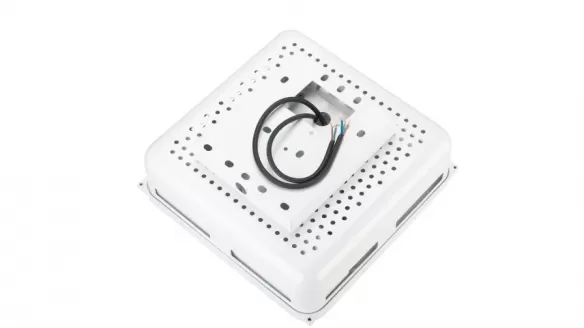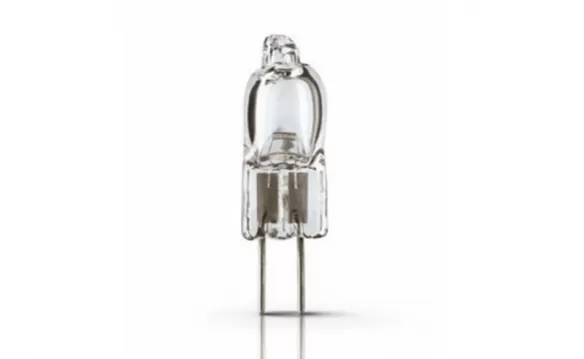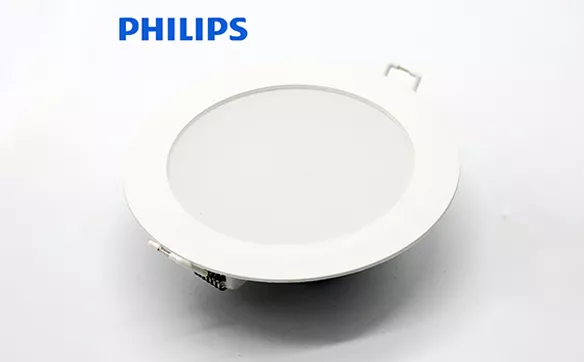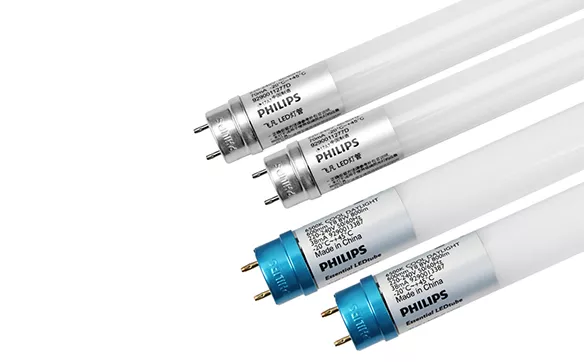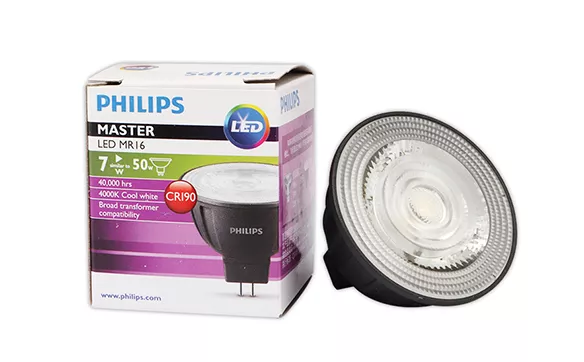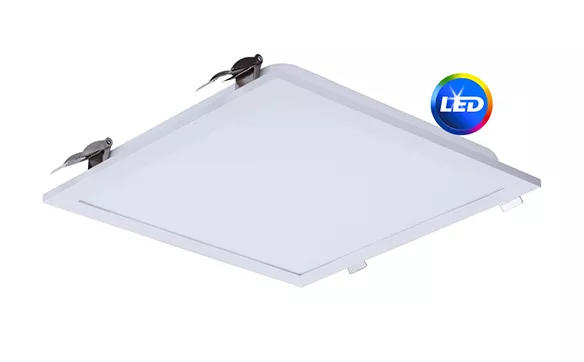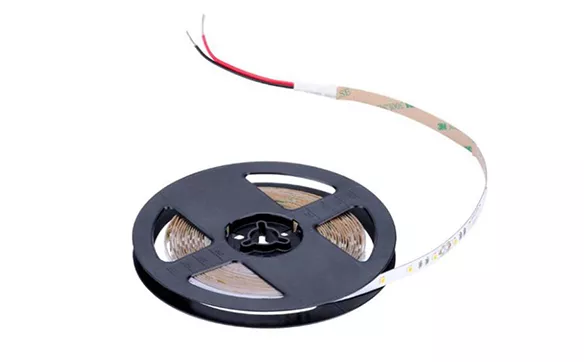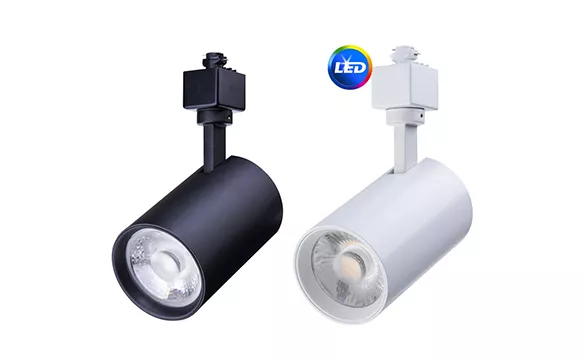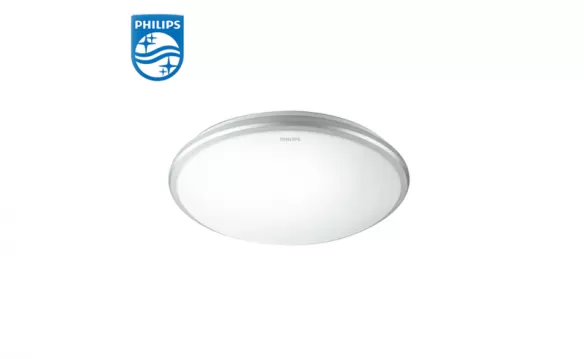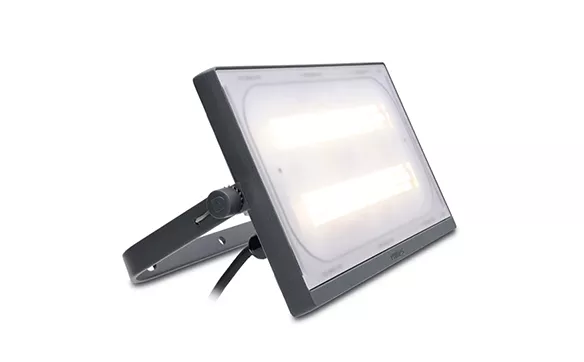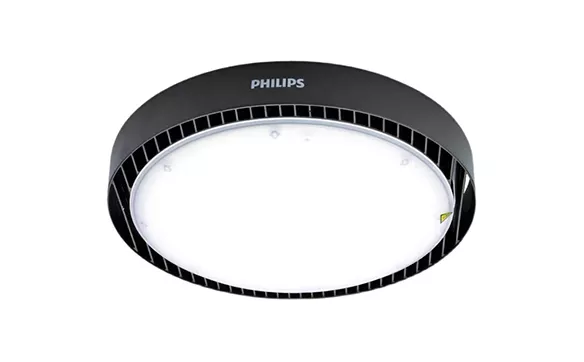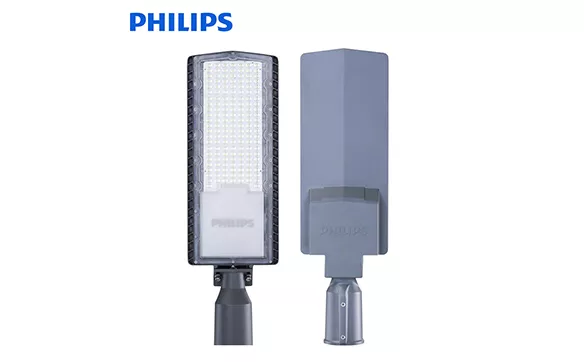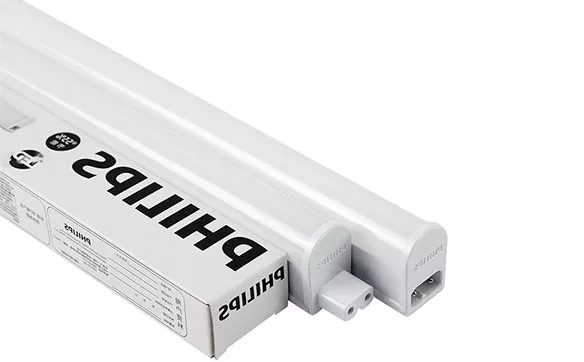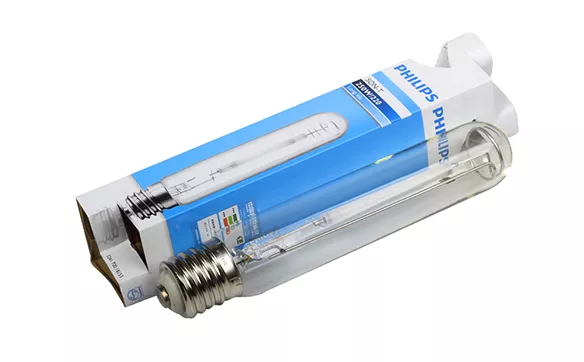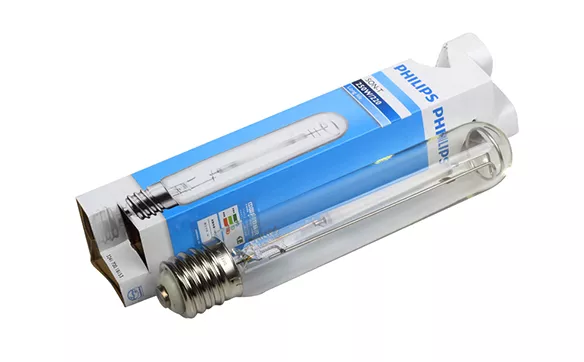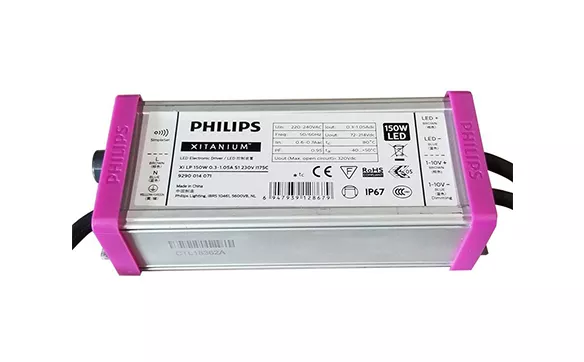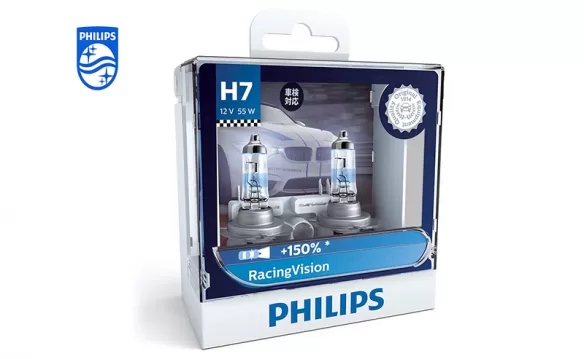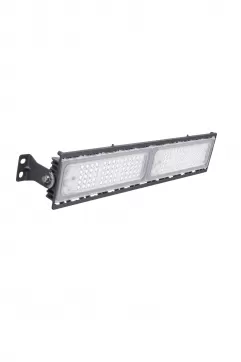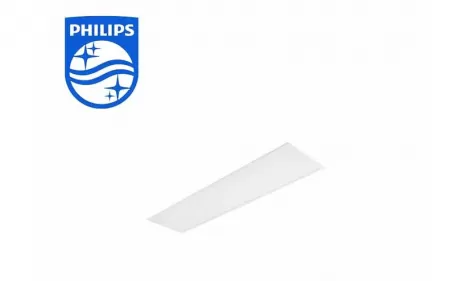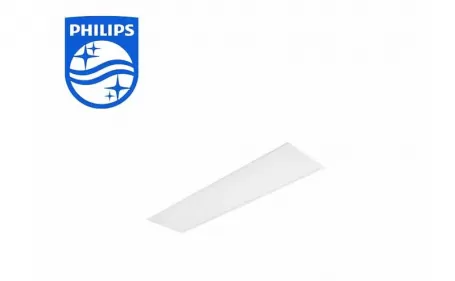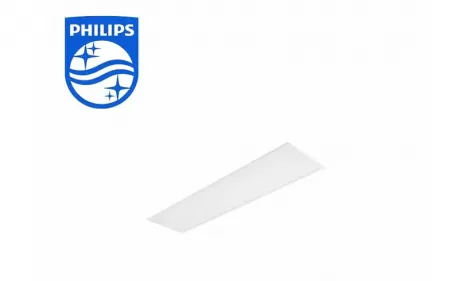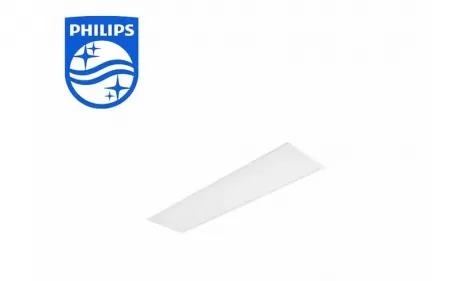Philips LED lights have revolutionized the lighting industry, offering a range of benefits and advantages over traditional lighting sources such as incandescent and fluorescent lights. In this comprehensive comparison, we will explore the various aspects where Philips LED lights outshine their traditional counterparts.
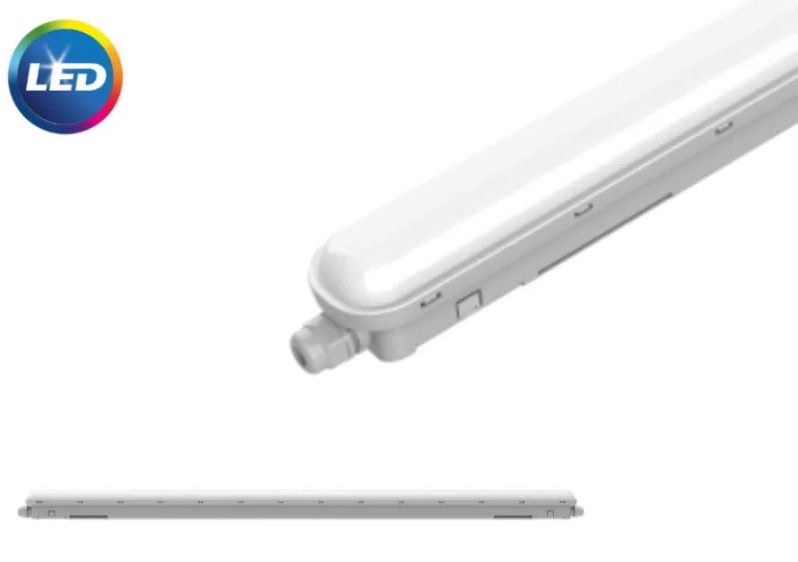
1. Energy Efficiency:
LED lights are known for their exceptional energy efficiency. Compared to traditional incandescent bulbs, which convert most of the energy into heat rather than light, LEDs convert almost all of the energy into light. On average, LED lights consume 75-80% less energy than incandescent bulbs, resulting in significant energy savings and reduced electricity bills.
2. Lifespan:
One of the most prominent advantages of Philips LED lights is their extended lifespan. While traditional incandescent bulbs typically last around 1,000 hours, LED lights can last up to 50,000 hours or more. This longevity translates into reduced maintenance costs and fewer replacements, making LEDs a cost-effective lighting solution in the long run.
3. Durability and Reliability:
LED lights are highly durable and resistant to shock, vibrations, and external impacts. Unlike traditional lighting, which is sensitive to rough handling and can easily break, LED lights are constructed with solid-state components, making them more robust and reliable. This durability is particularly beneficial in commercial and industrial settings where lighting fixtures are exposed to challenging conditions.
4. Environmental Impact:
LED lights are eco-friendly lighting options. They do not contain harmful substances like mercury, which is present in fluorescent lights. Additionally, LED lights produce less carbon dioxide emissions due to their lower energy consumption, contributing to a greener environment and reduced carbon footprint.
5. Instant Lighting and Dimming Capabilities:
LED lights provide instant illumination as soon as they are switched on, unlike traditional lighting sources that take a few seconds to reach full brightness. This feature is advantageous in areas where immediate lighting is required, such as staircases or outdoor spaces. Furthermore, LED lights can be easily dimmed to achieve the desired lighting levels, offering flexibility and control over the ambiance.
6. Color Options and Quality:
Philips LED light offer a wide range of color options to suit various applications and preferences. LEDs can produce a broad spectrum of colors, including warm white, cool white, and daylight. Furthermore, LED lights provide excellent color rendering, enhancing the visual appeal and allowing for accurate color perception.
7. Heat Emission:
LED lights generate significantly less heat compared to traditional lighting. Incandescent bulbs waste a substantial amount of energy by converting it into heat, leading to uncomfortable conditions and increased cooling costs in enclosed spaces. In contrast, LEDs remain cool to the touch, reducing the risk of burns and making them safer for use in homes, offices, and other environments.
8. Directional Lighting:
LED lights are inherently directional, meaning they emit light in a specific direction without the need for external reflectors. This feature ensures that the light is focused and can be effectively directed where it is needed. In contrast, traditional bulbs emit light in all directions, resulting in light wastage and the need for additional fixtures to redirect the light.
9. Size and Design Flexibility:
LEDs are compact and come in various shapes and sizes, allowing for greater design flexibility in lighting fixtures. This versatility makes them suitable for a wide range of applications, from small accent lighting to large-scale installations. Additionally, their small size enables LED lights to be integrated into various products and environments, providing innovative lighting solutions.
10. Cost Savings:
While the initial purchase cost of LED lights may be higher than traditional lighting sources, the long-term cost savings outweigh this initial investment. The combination of energy efficiency, extended lifespan, and reduced maintenance costs results in significant savings over time. Additionally, government incentives and utility rebates for adopting energy-efficient lighting further contribute to cost savings.
Conclusion
Philips LED lights offer numerous advantages over traditional lighting sources. Their energy efficiency, long lifespan, durability, instant lighting, dimming capabilities, color options, and environmental friendliness make them a superior choice. With ongoing advancements in LED technology, the lighting industry continues to witness the dominance of LEDs as a sustainable, cost-effective, and versatile lighting solution for residential, commercial, and industrial applications.


